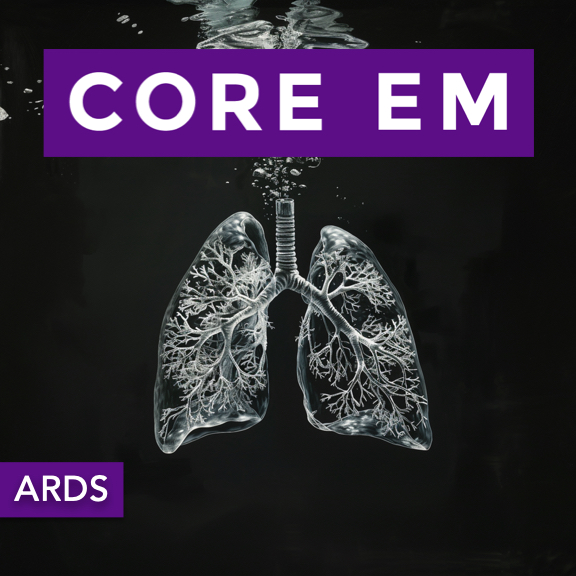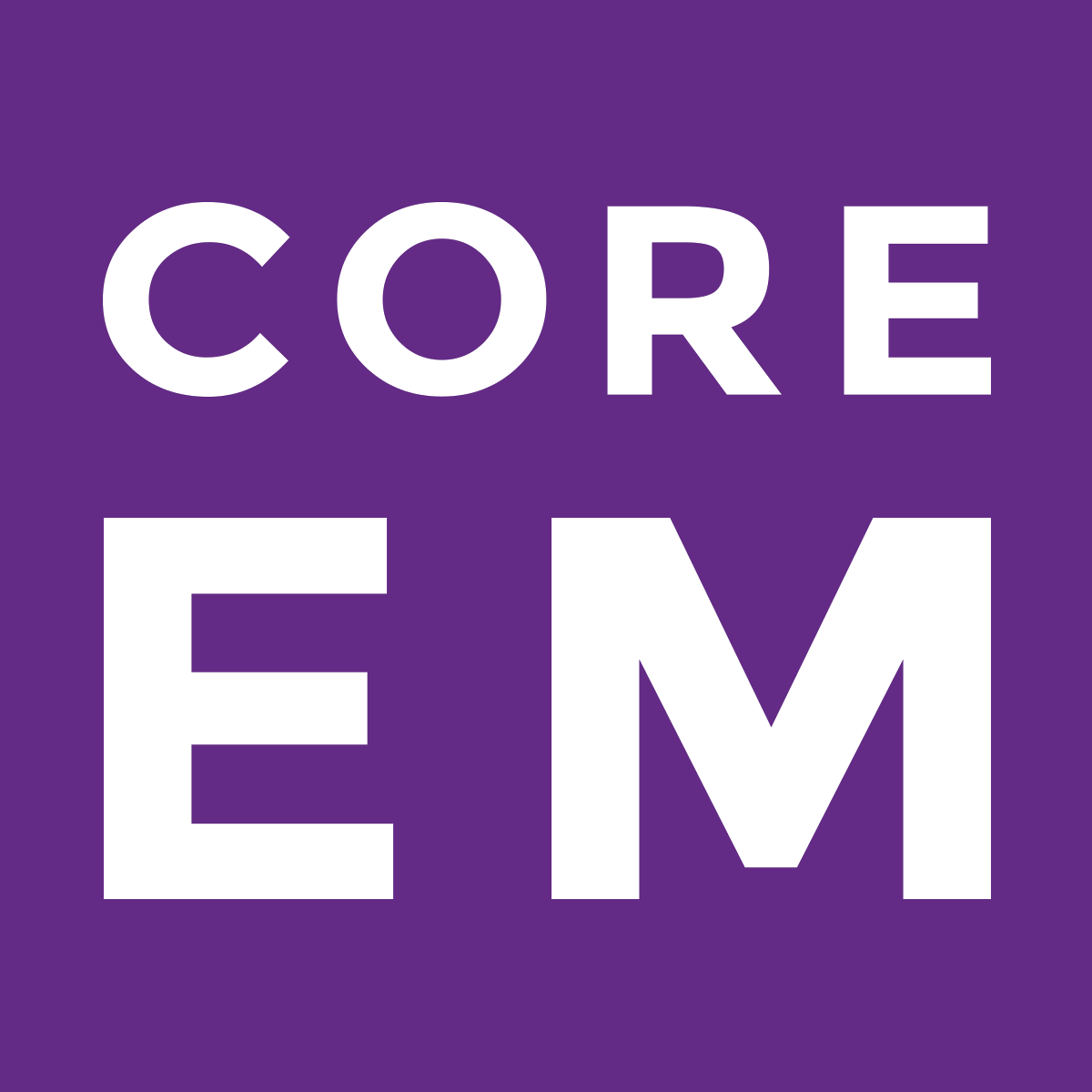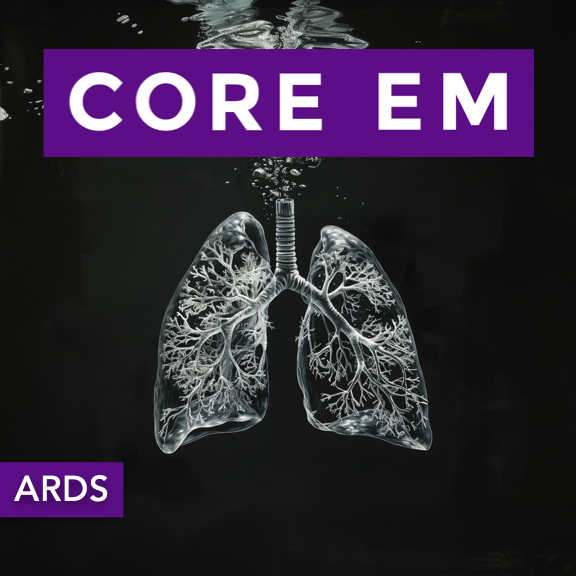
Shownotes Transcript
We review Acute Respiratory Distress Syndrome
Hosts:
Sadakat Chowdhury, MD
Brian Gilberti, MD
https://media.blubrry.com/coreem/content.blubrry.com/coreem/ARDS.mp3
Download Leave a Comment Tags: Critical Care, Pulmonary
Show Notes
- Definition of ARDS:
- Non-cardiogenic pulmonary edema characterized by acute respiratory failure.
- Berlin criteria for diagnosis include acute onset within 7 days, bilateral pulmonary infiltrates on imaging, not fully explained by cardiac failure or fluid overload, and impaired oxygenation with PaO2/FiO2 ratio <300 mmHg, even with positive end-expiratory pressure (PEEP) >5 cm H2O.
- Severity based on oxygenation (Berlin criteria):
- Mild: PaO2/FiO2 200-300 mmHg
- Moderate: PaO2/FiO2 100-200 mmHg
- Severe: PaO2/FiO2 <100 mmHg
- Epidemiology:
- Occurs in up to 23% of mechanically ventilated patients.
- Mortality rate of 30-40%, primarily due to multiorgan failure.
- Differentiation from Cardiogenic Pulmonary Edema:
- Chest CT shows diffuse edema and pleural effusion in cardiogenic edema; patchy edema, dense consolidation in ARDS.
- Ultrasound may show diffuse B lines in cardiogenic edema; patchy B lines and normal A lines in ARDS.
- Pathophysiology:
- Exudative phase: Immune-mediated alveolar damage, pulmonary edema, cytokine release.
- Proliferative phase: Reabsorption of edema fluid.
- Fibrotic phase: Potential for prolonged ventilation.
- Etiology:
- Direct lung injury (pneumonia, toxins, aspiration, trauma, drowning) and indirect causes (sepsis, pancreatitis, transfusion reactions, certain drugs).
- Diagnostics:
- Comprehensive workup including imaging (chest X-ray, CT), laboratory tests (complete blood count, basic metabolic panel, blood gases), and specialized tests depending on suspected etiology.
- Management Strategies:
- Steroids: Beneficial in certain etiologies of ARDS, with specifics on dosing and duration.
- Fluid Management: Conservative fluid strategy, diuresis guided by patient condition.
- Ventilation: Non-invasive ventilation (NIV) preferred in specific cases; mechanical ventilation strategies to ensure lung-protective ventilation.
- Proning: Used in severe ARDS to improve oxygenation.
- Inhaled Vasodilators: Used for refractory hypoxemia and specific complications like right heart failure.
- Extracorporeal Membrane Oxygenation (ECMO): Considered for severe ARDS as salvage therapy.
- Supportive Care: Includes monitoring and management of complications, nutrition, and physical therapy.
- Ventilation Specifics:
- Tidal volume and pressure settings aim for lung-protective strategies to prevent ventilator-induced lung injury.
- Permissive hypercapnia, plateau pressure, PEEP, and ventilation mode adjustments based on patient response.
- ARDSnet Table: ventilator_protocol_2008-07

